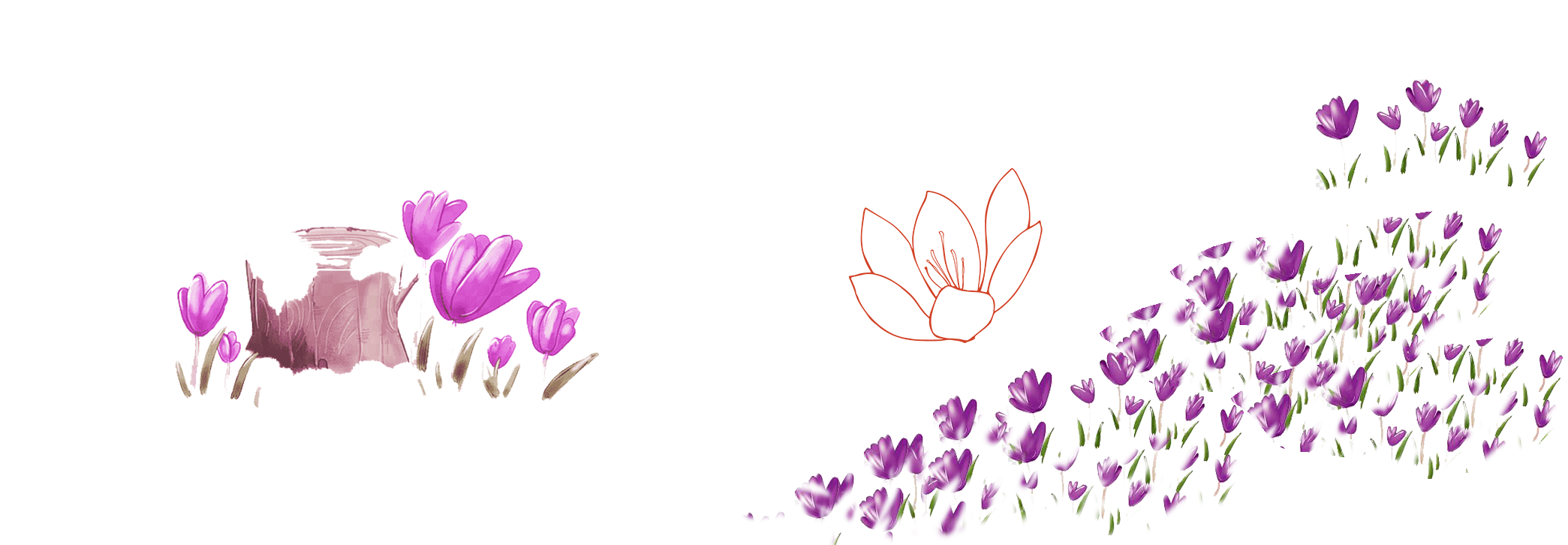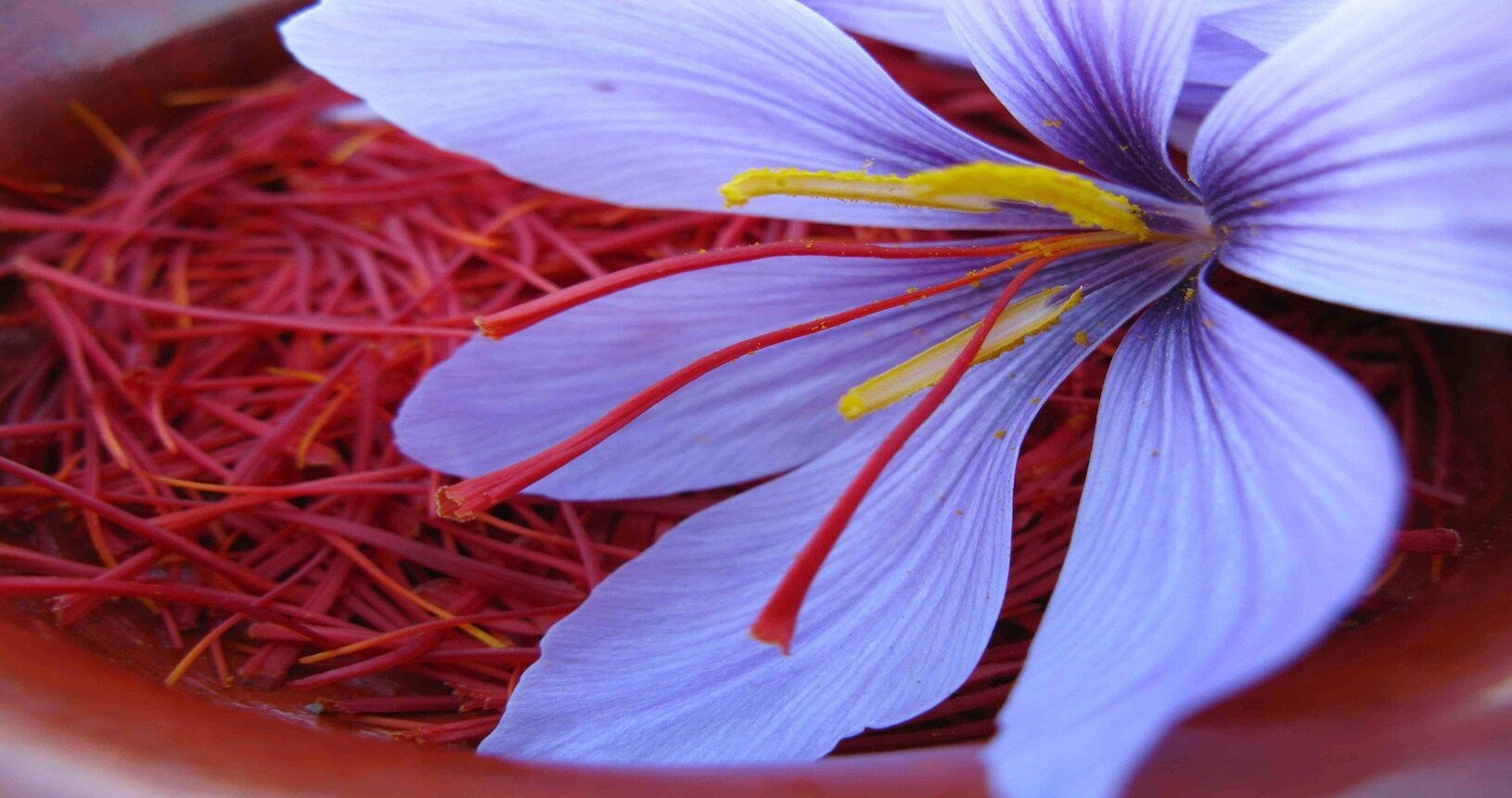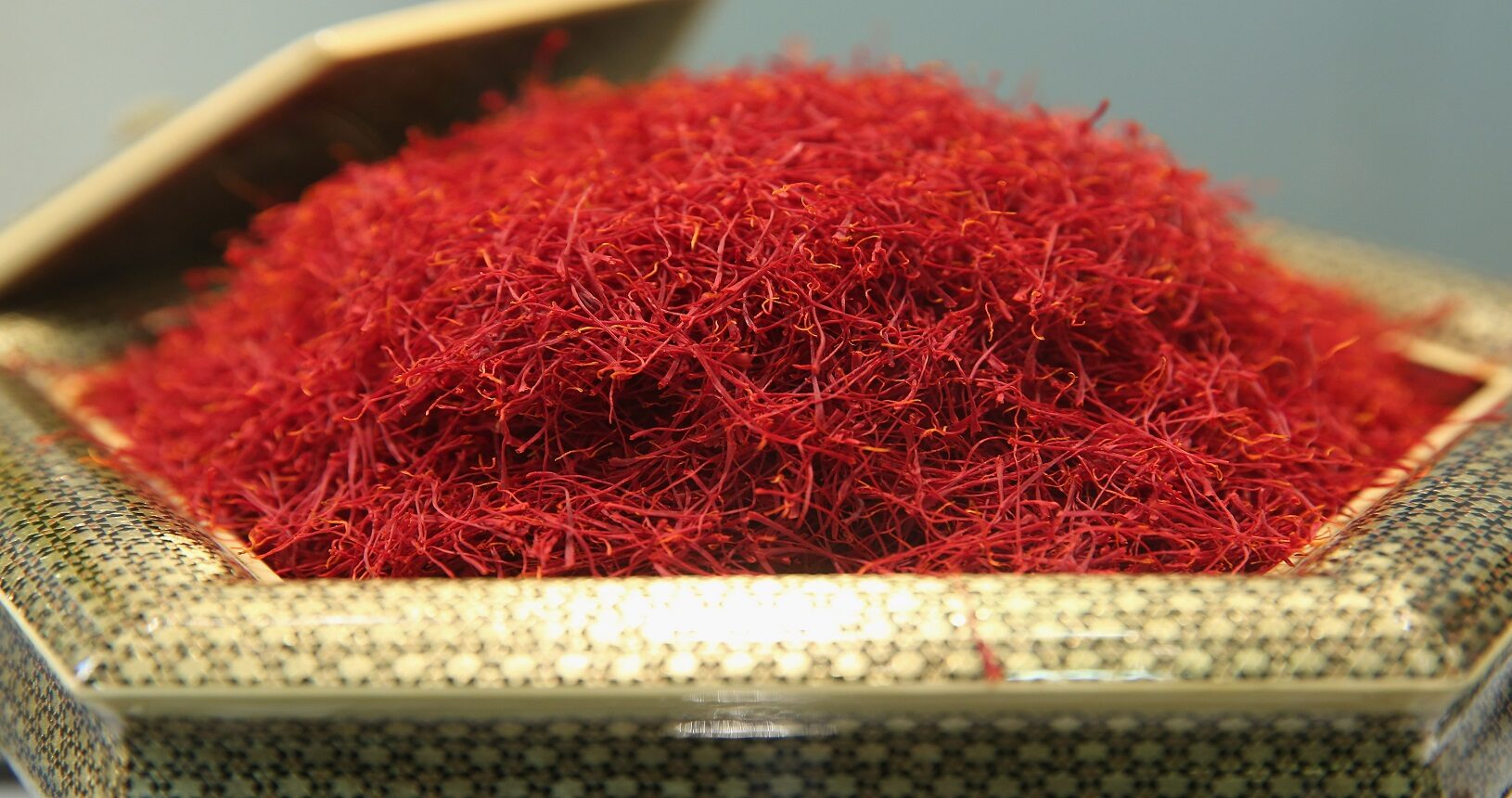
wheat
First, we need to know
1-Plowing:
In ancient times and now in some villages the land is plowed with cattle.
First, we need to know what plowing means. And what are the benefits?
In simple terms, plowing means turning the soil upside down
Which has the following benefits:
1- It causes oxygen to penetrate into the soil.
2- It causes subsoil of soil and mixing of soil with plant residues.
3- Water storage in the soil.
4- Crushing of soil particles.
At present, plowing large areas, extensive wheat cultivation, is done by machine. All this device that turns the soil upside down is a plow that has different types. Farmers tie the plow to the back of the tractor and plow the land with it. For wheat, plowing depth is usually considered to be 25 cm. The plowing season is in the fall In arid areas, to plant spring wheat, it is better to plow the ground in the fall of last year so that rain and snow water can penetrate into the soil and use the stored water in spring. In wet areas, if there is no problem of soil erosion, plowing is best done in the fall because planting is faster in the spring.
2-Fertilize:
Every plant needs nutrients for its growth and development, just like you who need food for your growth, and the soil in which the plant grows must be nutritious and have these elements. So before we start planting wheat, we have to add a good amount of fertilizer to the soil. There are many types of fertilizers on the market today, from animal manures to man-made chemical fertilizers.
Chemical fertilizers have different types: nitrogen fertilizers, phosphorus fertilizers, potash fertilizers, etc. The nutrients needed for wheat are:
1. Carbon, oxygen and hydrogen.
2. Nitrogen, phosphorus, potash, sulfur, calcium and magnesium.
3. Iron, manganese, zinc, copper, barium, molybdenum, chlorine and sodium.
4. Cobalt, vanadium, silicon, iodine, fluoroaluminum.
All these elements in the plant play a special role.Deficiencies of these elements cause a lot of damage to the plant. How to use chemical fertilizers:
The amount of chemical fertilizers used varies Timely application of fertilizer causes the formation of all parts of the grain and increases the protein content. We do two things about how to fertilize.so,If our cultivation is manual, chemical fertilizers are spread evenly on the ground by hand.And,if the crop is in a row, it is better to use seeders that spread the fertilizer in a strip under the soil at the same time as sowing the seeds.
Which method of fertilizer is better?
It is better to apply fertilizer in the form of a strip because it makes the plant roots deal with fertilizer better and have more use. It is recommended to apply the fertilizer in the form of a strip.
3- Depth of seed sowing:
Seed depth, that is, how deep we should put the seed in the soil. This depends on soil moisture and its material and seed coarseness. When the water in the soil is sufficient for the plant, consider the depth in the soil 4 to 5 cm, but if the moisture is not enough, we put the depth of cultivation more, for example, six to 7 cm, and Also in light soils such as sandy soils, the seeds are sown deeper than clay and heavy soils. In any case, we must be careful not to increase the depth of our sowing as the seeds will suffocate in the soil. Or the plant that produces it does not have much power and is destroyed.
4- Date of wheat cultivation:
Before entering into the topic of planting time, we examine the types of wheat from an agricultural point of view. Wheats are divided into three categories according to the need for a cold period: 1. Autumn Wheat: This wheat needs a cold period to meet its physiological needs.
These crops, because they are planted in the fall, therefore, have enough time to grow in the soil and the amount of crop they produce will be higher.
2. Spring wheat: They are planted in late winter or early spring and do not need severe winter cold.
3. Winter spring wheat (autumn spring):A group of wheat, because they do not need winter cold, they can be sown both in autumn and in spring. These wheat are called spring wheat.

- bardasht masool badi
- bardasht masool badi
- bardasht masool badi
- bardasht masool badi
- bardasht masool badi
- bardasht masool badi
- bardasht masool badi
- bardasht masool badi
00
days
00
hours
00
minutes
00



